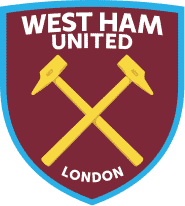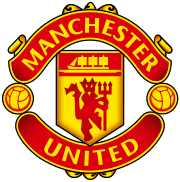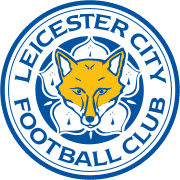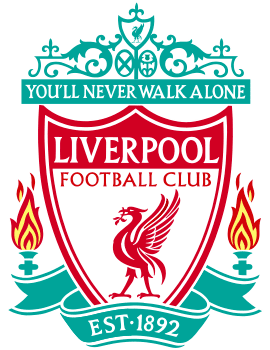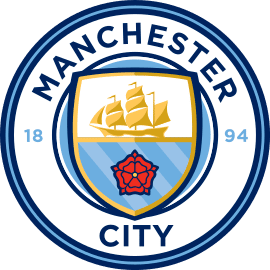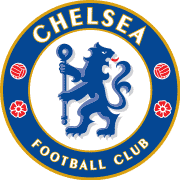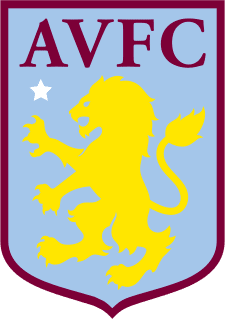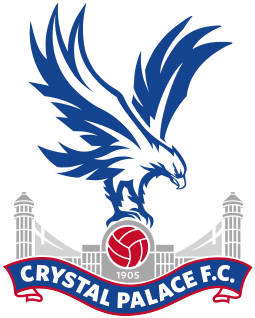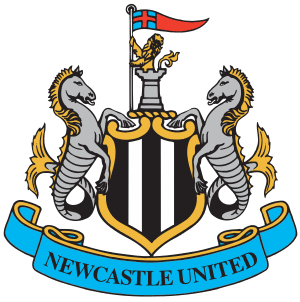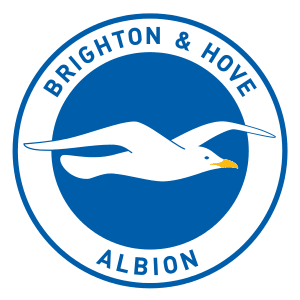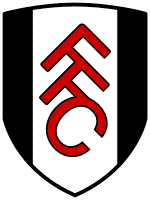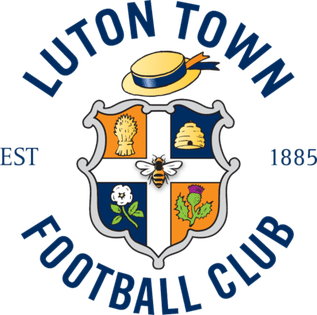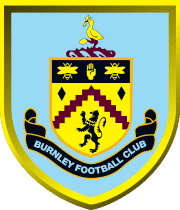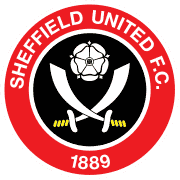West Ham United FC Tryouts & Club Guide: History, Stadium, Players, and More!

Welcome!
Discover the world of soccer with fcscout.com, your go-to scout for club tryout information, club guides, player profiles, in-depth product reviews, and more. We’re dedicated to exploring and revealing the best in each domain, empowering you with knowledge to make informed choices.
Thank you for being here!
Hi, I’m Carlos! A coach, sports enthusiast, and the founder of FCScout.com.
I fell in love with the game at a very young age like many of you. I’ve been following and playing soccer for many years.
Throughout my career, I always enjoyed helping soccer players chase their dreams, which is why I started this website. I wanted to reach a larger audience outside of my local area and fcscout.com was born.
This website is a platform I will be using to update club pages on any tryouts, stadiums, players, tech, and more from clubs around the world. I also create free recruitment profiles for players looking to have that extra competitive edge when reaching out to clubs.
That’s it. That’s my pitch for you to stick around (or browse the site as you please).
This is already too much text for a “see more” drop-down button thing. If you want to reach out to me, head on over to my contact page 🙂

West Ham United Football Club is an English professional football club based in Stratford, East London. They compete in the Premier League, the top tier of English football.
West Ham United FC Youth Development System
The West Ham United FC Academy of Football
The club promotes the popular idea of West Ham being “The Academy of Football”, with the moniker adorning the ground’s new stadium façade. The comment predominantly refers to the club’s youth development system which was established by manager Ted Fenton during the 1950s, that has seen a number of international players emerge through the ranks. Most notably, the club contributed three players to the World Cup-winning England side of 1966, including club icon Bobby Moore, as well as Martin Peters and Geoff Hurst who between them scored all of England’s goals in the eventual 4–2 victory. Other academy players that have gone on to play for England have included Trevor Brooking, Alvin Martin, Tony Cottee and Paul Ince.
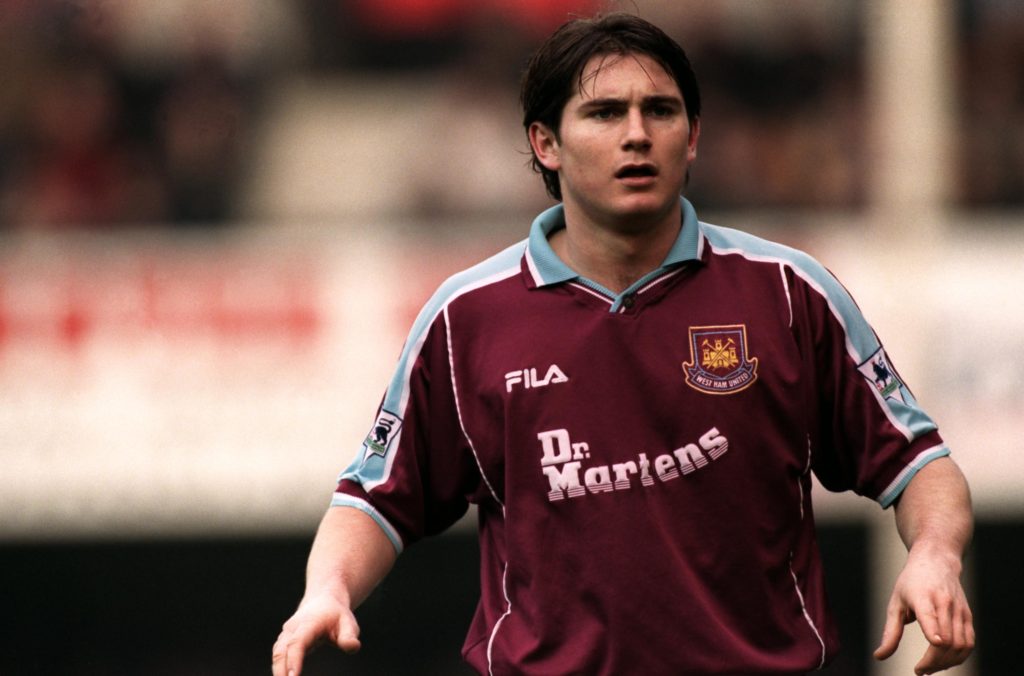
Since the late 1990s, Rio Ferdinand, Frank Lampard, Joe Cole, Michael Carrick and Glen Johnson began their careers at West Ham and all went on to play for much bigger clubs. Most recently, the likes of first teamers Mark Noble and James Tomkins, as well as Welsh international Jack Collison, have emerged through the Academy. Frustratingly for fans and managers alike, the club has struggled to retain many of these players due to (predominantly) financial reasons. West Ham, during the 2007–08 season, had an average of 6.61 English players in the starting line up, higher than any other Premier League club, which cemented their status as one of the few Premier League clubs left that were recognized to be bringing through young English talent and were recognized as having “homegrown players.” Between 2000 and 2011, the club produced eight England players, as many as Manchester United and one fewer than Arsenal. Much of the success of The Academy has been attributed to Tony Carr, who was West Ham youth coach between 1973 and 2014.
West Ham United FC Academy
The Academy of West Ham United F.C. is recognized as one of the most successful in modern football, hence its nickname the Academy of Football.
The introduction of the FA’s new Academy system in 1998 has placed even more emphasis on the developing of young homegrown players and today the youth system at West Ham is more important than it has ever been. With the influx of many foreign players in the Premier League during modern times, West Ham United has been regarded as one of the few remaining clubs in top flight to continue producing and playing homegrown English players.
The Under-23 team is the most senior of West Ham’s youth squads. The Under-23 team is effectively the club’s second-string side, but is limited to three outfield players and one goalkeeper over the age of 23 per game following the introduction of new regulations from the 2012–13 season. They play in Premier League 2 and also compete in the Papa John’s Trophy.
As of JAN2021, there is no information on West Ham United’s official website on academy trials/tryouts. Please come back at a later time for an update.
West Ham United North American Academy
The West Ham United North American Academy provides unique opportunities to young players and their coaches throughout North America. ID camps across the USA allow players to train using drills and techniques straight out of the famous West Ham ‘Academy of Football’. Those that impress the coaches in attendance will be invited to attend a national camp where a select few will have the opportunity to go on an Elite Trip and spend time being fully immersed at the West Ham Youth Academy, which in recent times has been responsible for developing some of the Premier Leagues top players over the past decade to include: Rio Ferdinand, Frank Lampard, Michael Carrick, Jermain Defoe, Glen Johnson, Sebastian Llegett.
Academy Partner Clubs
| Maryland: A3 Soccer | Pennsylvania: West-Mont United | Michigan: Michigan Thunder FC |
| Michigan: Taylor Soccer Club | North Carolina: Liberty Soccer Academy | Texas: Dallas Soccer Stars FC |
| Florida: St. Pete Raiders | Minnesota: Blaine Soccer Club | Rhode Island: Rhode Island Reds FC |
| Wisconsin: Whitefish Bay Soccer Club | Texas: El Paso Classic Soccer | Virginia: ETA United |
| Alabama: Hoover Soccer Club | Washington: Seattle United | Florida: FC United of Palm Coast |
| Illinois: Kickers Soccer Club | Minnesota: Gitchi Gummi Soccer Club | California: Bladium Soccer Academy |
| Arkansas: Fort Smith Express | Texas: SA United Soccer Club | California: Miglietti Soccer Academy |
| Florida: Port St. Lucie | Premier UK Soccer | New York: Super 9 Soccer |
| Ohio: Team Challenger FC | California: Barca FC Academy | Georgia: Darlington School Soccer Academy |
| Canada: North Mississauga Soccer Club | Mexico City: Sport Concepts | New Jersey: Princeton Soccer Association |
| California: Central Coast Condors | European Soccer Club | New York: Greater Binghamton FC |
| Canada: Cal-Glen Soccer Club | California: East Sacramento Youth SC | Midwest City SC |
| Tennessee: Clarksville Soccer Club | Texas: SG1 Soccer Club | Indiana: Columbus Express Soccer Club |
| Utah: Murray Soccer Club | Florida: Bay United Soccer Club | Louisiana: Houma-Terrebonne Soccer Association |
| Florida: Elite Soccer Academy | West Virginia: West Virginia FC | Mississippi: Meridian Youth Soccer Organization |
| Canada: Thunder Bay Chill | Ohio: Thunder United Metro | Georgia: Georgia Express FC |
| Reboubt Soccer Association | Canada: L2L Soccer Academy | Keystone Athletic |
E &E Sports Management |
The list above was retrieved from this link. Updates on that external website may vary. Please double check with the specific club you are interested in to see if they are still partnered with West Ham United or any other professional team due to the unknown factor of that external websites update policies.
West Ham United Recruitment Trials
At the time of this writing, there is no official publishing’s on West Ham United trials. Please come back at a later date while we monitor this club or click here to visit their official news section.
EXPLORE MORE CLUBS!
Explore more professional clubs by continent.
West Ham United History
Thames Ironworks Football Club was established in 1895 and afterwards renamed West Ham United Football Club the following year in 1900. In 1904, they made the move to their new home at the Boleyn Ground, which served as their primary venue for the subsequent 110 years. Before moving up to the higher level of competition offered by the Football League in 1919, the team was active in both the Southern League and the Western League.
They were also the losing finalists in the first FA Cup Final that was staged at Wembley during the same year (1923), the same year that they were promoted to the first tier. In 1940, the club was victorious in the first ever Football League War Cup competition. West Ham has finished in second place in the FA Cup on two separate occasions (1923 and 2006), as well as having won the competition three times (1964, 1975, and 1980). The club has competed in two major European finals, the first one in 1965 when they won the European Cup Winners Cup and the second one in 1976 when they finished as runners-up in the same competition.
In 1999, West Ham was also victorious in the Intertoto Cup competition. They are one of just eight teams in the history of English football to have never been relegated to the second division or lower, and they have spent 63 of the 95 league seasons (up to and including the 2020-21 season) in the top flight. The best finish in the league that the club has ever had was in the 1985–1986 season, when they came in third place in what was then the First Division.

Bobby Moore, Geoff Hurst, and Martin Peters were all members of the England team that won the 1966 World Cup final. Moore served as the team’s captain, and Hurst and Peters each scored a goal. Millwall has been the opponent of this club for a very long time. Claret and sky blue became the official colors of West Ham United in the early 1900s, and the most recognizable version of the club’s kit, consisting of a claret shirt with sky blue sleeves, was first worn in 1904.
Crest
Thames Ironworks FC
The Thames Ironworks Team (1895–1900) used the Union Flag as its badge.
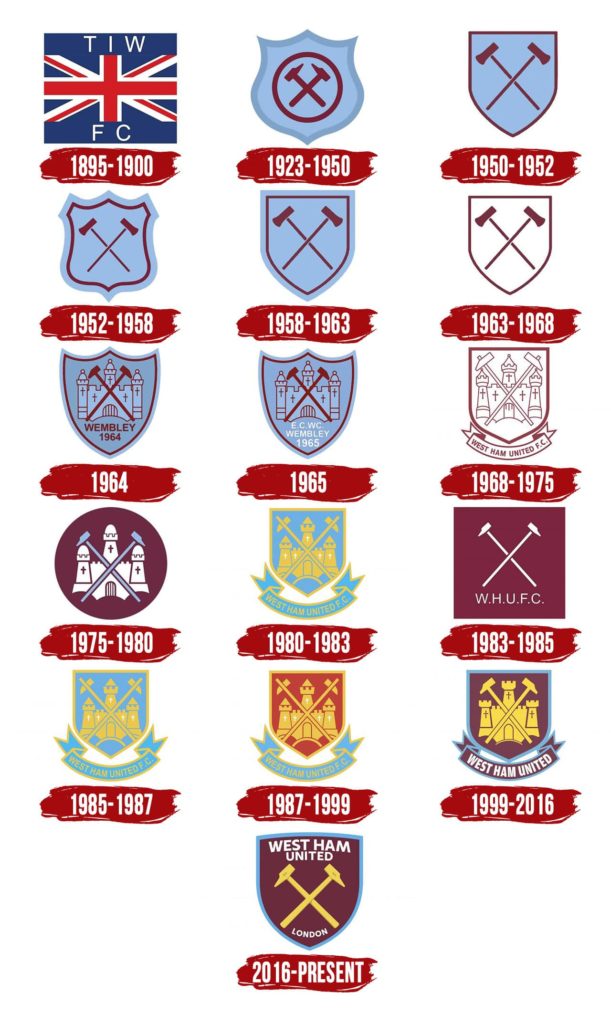
Rivet Hammers
The primary feature of the emblem is comprised of a crisscrossed pair of rivet hammers, which are common instruments utilized in the shipbuilding trade. The neighborhoods of Blackwall and Canning Town, which were located close to the Thames Ironworks, resounded with the sound of various types of hammers, including steam hammers, sledge hammers, and rivet hammers. The ships’ hulls would be constructed using seven enormous steam hammers that would punch holes close to the edges of iron plates. These plates would then be welded together.
Teams of five people were going to be responsible for installing the plates and riveting them together once they were in place. There would be three teams working inside the emerging vessel, and two teams working outside. Inside the ship, one member of the team would heat the rivets until they were white hot, and then using Iron Fingers, also known as blacksmith’s tongs, they would throw them to a second person who was known as a “catch-boy” or “putter-in,” who would then pick up the rivet and place it in the hole using tongs.
The third individual was referred to as the “holder-on,” and his job was to first drive the rivet in with a sledgehammer weighing sixteen pounds, and then use the same sledgehammer to keep the rivet in place while the men on the opposite side of the rivet flattened the opposite end of the rivet. One man with a right-handed rivet hammer and one man with a left-handed rivet hammer would work together to hammer the protruding and still glowing rivet flat, thereby securing one of the many points necessary to link each of the ship’s large plates. This process would take place outside the ship, where it was exposed to the elements. Both the coat of arms of the County Borough of West Ham and those of its successor, the present London Borough of Newham, have the crossed hammers as an important design element. The area that is now the London Borough of Tower Hamlets was once home to a portion of the Thames Ironworks; however, the blacksmith’s tongs that appear on the coat of arms of the current borough represent a local saint named Dunstan, who is the patron saint of Stepney and metalworkers, rather than the Ironworks themselves.
Beginning in the 1950s and continuing onward, there was sporadic construction of a yellow or white tower. Anne Boleyn’s Tower, the most remarkable element of Green Street House, an initially Tudor set of buildings that existed next to the Boleyn Ground until it was demolished in 1955, appears to be the principal cause for this. This tower was the most prominent component of Green Street House. Because of its connection to Anne Boleyn, Green Street House was also known as Boleyn Castle at one point in time. The story claims that Henry VIII courted his second queen at the manor, however there is no historical evidence to back up the claim. The tradition has been passed down from generation to generation. There are a variety of additional aspects that may have played a role in the decision to incorporate the stylized castle element, such as the following:
- to reflect the contribution made to the club by players of Old Castle Swifts
- The imposing towers, rooves and doorway of the Engineering Department of the Thames Ironworks bore a strong resemblance to the castle feature in earlier iterations of the badge.
- The first verse of the club’s anthem I’m forever blowing bubbles begins “I’m dreaming dreams, I’m scheming schemes, I’m building castles high”.
- The White Tower of the Tower of London as emblematic of East London. For hundreds of years, up until 1900, inner East London had been known as the Tower Division, an area which owed military service to the Tower of London. The (originally whitewashed) White Tower was used as insignia for the area, for instance on cap badges of local units of the army.
- In recognition of the ‘West Ham Pals’, the 13th Battalion of the Essex Regiment which was raised in Stratford in 1915 and saw extensive action and heavy losses on the Western Front in the World War I. The Battalion was formed from volunteers from West Ham and East London generally. Their war cry was “Up the Hammers”. The cap badge of the Essex Regiment was the castle and key of Gibraltar, though the unit made an unsuccessful request to the War Office that crossed hammers could be used instead.
- The adoption (in 1904) of Boleyn Castle FC as the club’s reserve side when they took over their grounds on the site.
Shield
The 2016 version of the club badge is shaped similarly to the cross-section that can be found on the hull of HMS Warrior, which is the most famous ship that was produced at the Thames Ironworks. The shield has been used in previous editions of the club badge. Examining the draughtsman’s schematics of the ship, on the other hand, raises questions about the degree to which the shield and the ship are similar.
Iterations
The crest was redesigned and updated in the late 1990s, featuring a wider yellow castle with fewer cruciform “windows” along with the peaked roofs being removed; the tops of the towers had previously made the castle appear to be more similar to Disneyland’s Sleeping Beauty’s Castle than a functioning fortress. In addition, the peaked roofs were removed. The designer additionally changed a few minor particulars so that the iconography would have a more significant appearance.
The “castle” from the new badge was incorporated into the building at the main entrance to the Boleyn Ground when the club reconstructed the west stand of the Boleyn Ground (construction was finished in 2001–02). A pair of towers stood out as major aspects in the overall design of the stadium, and each of them displayed big club insignia. When the team relocated to the Olympic Stadium at the conclusion of the 2015–2016 season, a new logo was unveiled to coincide with the occasion.
Due to the fact that the club has relocated, the Boleyn Castle has been taken out of the crest, leaving only the crossed hammers. According to the club, these hammers were inspired by the crest both before and during the career of Bobby Moore. The word “London” was added below to “place the club firmly on the international stage,” while the more minimalist method is to give a “strong statement that is instantly West Ham United.” Both of these goals were accomplished by combining the two approaches.
The design of the crest is based on the profile of the hull of the ironclad battleship HMS Warrior, which was the first ship of its kind to serve in the Royal Navy and was constructed by Thames Ironworks.
West Ham United Stadium
Up until 2016, West Ham United played their home games at the Boleyn Ground in Newham, which is also known as Upton Park by the locals. West Ham’s home field since 1904, the Boleyn Ground had a capacity of 35,016, and it had been in use since that year. Before this, when they were known as Thames Ironworks, they used to play at Hermit Road in Canning Town and then temporarily at Browning Road in East Ham.
In 1897, however, they relocated to the Memorial Grounds in Plaistow, which is where they have been playing ever since. They continued to play there for another four seasons after changing their name to West Ham United and remained there until 1904, when they moved to the Boleyn Ground. Since the 2016 season, West Ham United has been using the Olympic Stadium as their primary venue for their home games.

Ownership
In January of 2010, David Sullivan and David Gold each purchased a fifty percent share in West Ham, which provided them with complete authority over the company’s commercial and operational aspects. At the end of the month of May in 2010, Gold and Sullivan spent million dollars to acquire an additional 10 percent share in the club. After increasing their controlling ownership to sixty percent, they made the announcement that they might sell fan shares in the company in the future. On August 9, 2010, Gold and Sullivan increased their shares up to 30.6 percent each with “minority investors,” leaving Icelandic Straumur Investment Bank as the owner of 35 percent of the club.
This included former owner Terry Brown, who purchased a further 3.8 percent of the club at a cost of approximately 4 million. After reorganizing the club’s debt on July 2, 2013, Sullivan purchased an additional 25 percent of the club’s shares, leaving Straumur Bank with only 10 percent of the club’s total ownership. Sullivan made the decision to put twenty percent of the club up for sale in December 2014 so that the club could pay off its debts before moving to the Olympic Stadium in 2016. A transfer to the Olympic Stadium was contingent upon the club paying off its debts, which were valued at million in July of 2013, before the move could take place.
